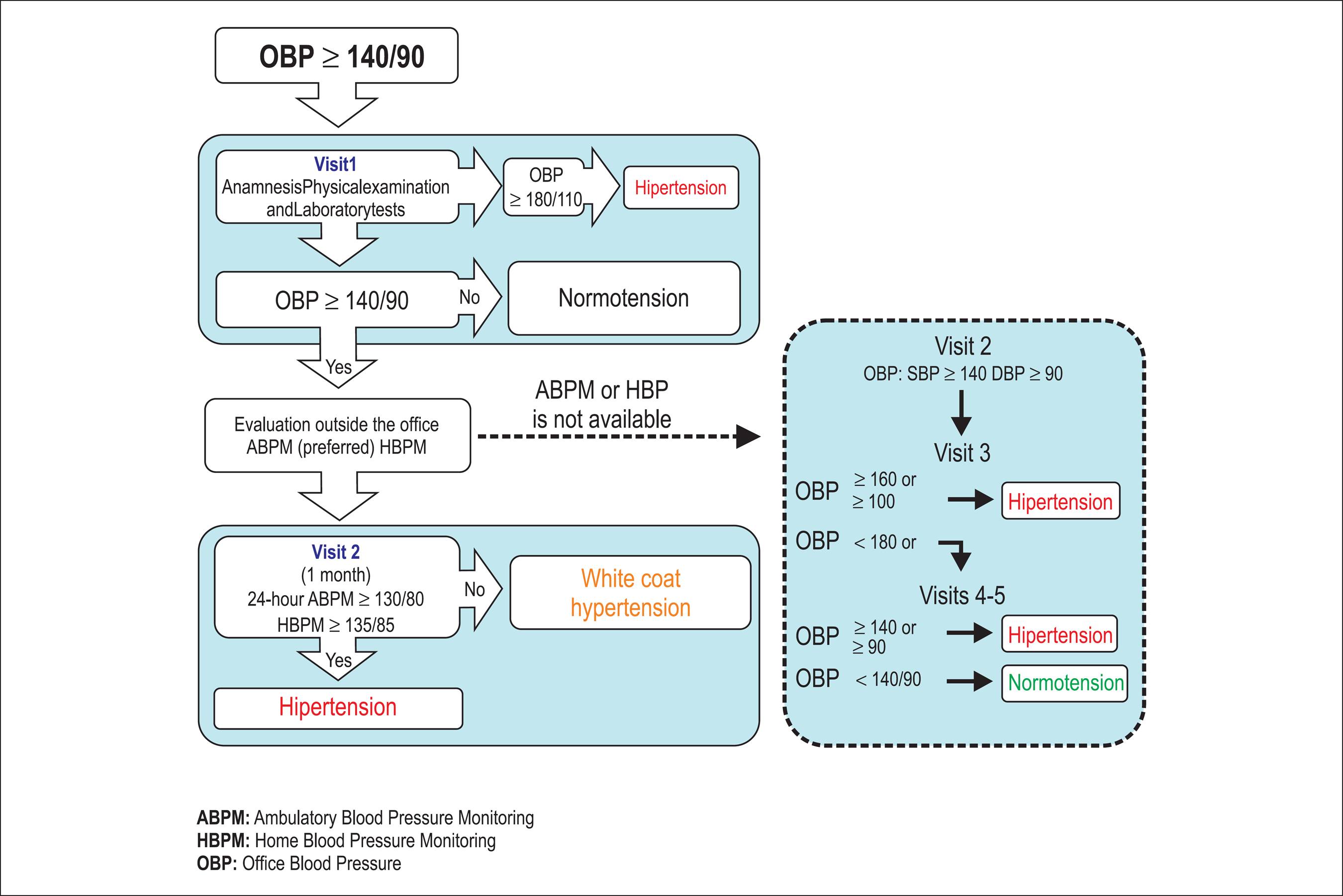Abstract
Casual blood pressure measurements have been extensively questioned over the last five decades. A significant percentage of patients have different blood pressure readings when examined in the office or outside it. For this reason, a change in the paradigm of the best manner to assess blood pressure has been observed. The method that has been most widely used is the Ambulatory Blood Pressure Monitoring - ABPM. The method allows recording blood pressure measures in 24 hours and evaluating various parameters such as mean BP, pressure loads, areas under the curve, variations between daytime and nighttime, pulse pressure variability etc. Blood pressure measurements obtained by ABPM are better correlated, for example, with the risks of hypertension. The main indications for ABPM are: suspected white coat hypertension and masked hypertension, evaluation of the efficacy of the antihypertensive therapy in 24 hours, and evaluation of symptoms. There is increasing evidence that the use of ABPM has contributed to the assessment of blood pressure behaviors, establishment of diagnoses, prognosis and the efficacy of antihypertensive therapy. There is no doubt that the study of 24-hour blood pressure behavior and its variations by ABPM has brought more light and less darkness to the field, which justifies the title of this review.
Keywords
Blood Pressure Monitoring; Ambulatory / trends; Hypertension; White Coat Hypertension; Medication Therapy Management





